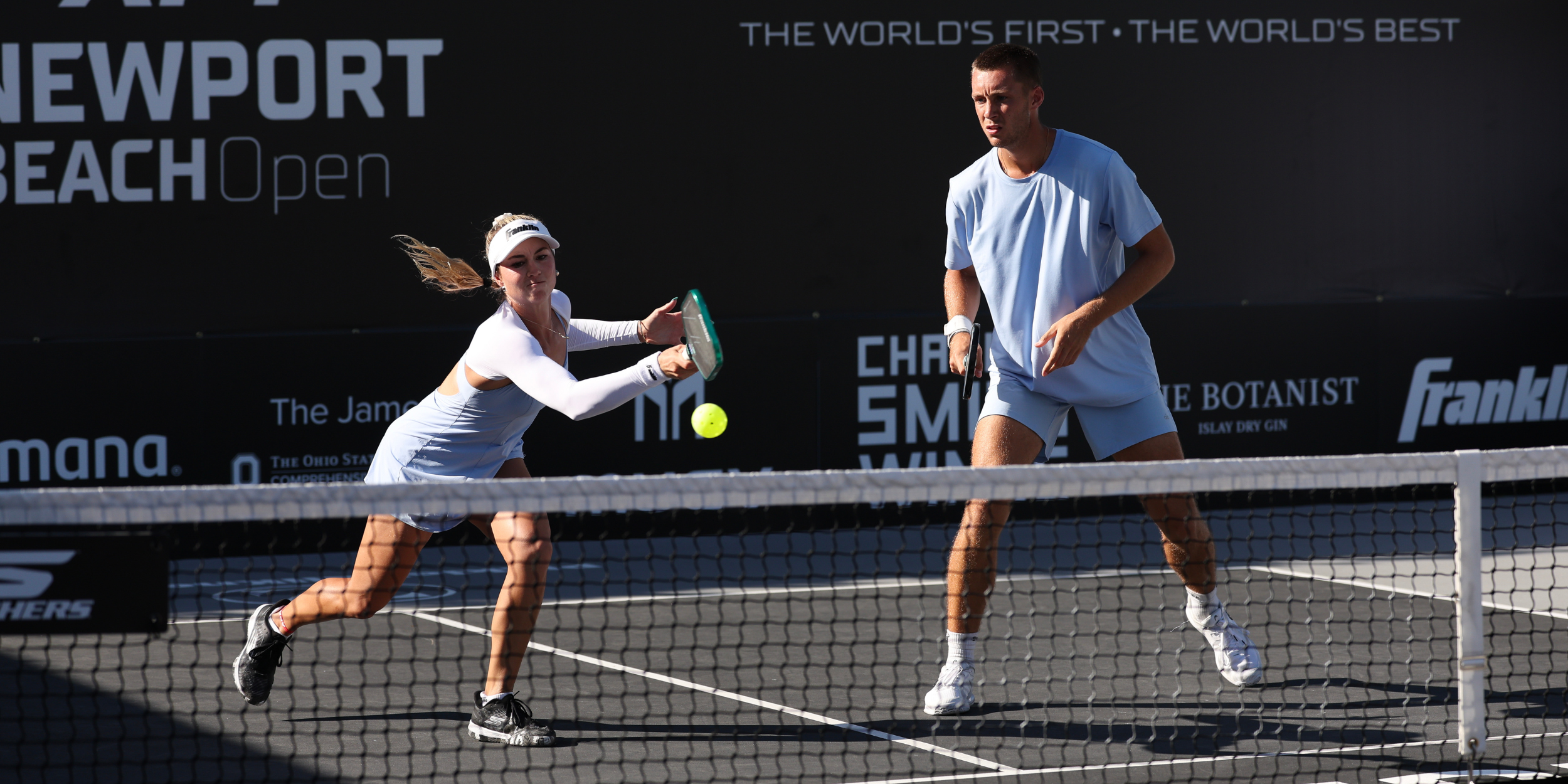How to Stop Rushing Points and Build Patience in Pickleball
If you’ve ever rushed a point and handed your opponent a freebie of a meatball, CONGRATULATIONS (sarcasm intended). Welcome to the club. First rule: you don’t talk about the club. (Just kidding. Fight Club reference intended.) Good news though: I have the cure and I’m not even a doctor. It’s called patience.
All good things come to those who wait. Patience is a virtue…right?
Why Rushing Point Leads to Second-Guessing
Rushing usually boils down to one thing: impatience disguised as aggression. You see a possible put away and think, “Let’s end this now!” But in doing so, you bypass the fundamentals of smart pickleball:
It's a game of setups (think: the assist in basketball)
Points are built through thoughtful sequencing
Sometimes the best move is doing… nothing really sexy. Just stay consistent and extend the rally.
1. Chess, Not Checkers
Pickleball is often called a game of chess for a reason: it’s about positioning, timing, and setting up future opportunities. Not every shot needs to be “The One.” It can be the “Set-Up” or “The Creator.”
Tip:
Photo by The APP
Ask yourself, “Is this shot setting me up for something good or is it risky?”
Instead of going for a kill at the first hint of a pop-up, try creating a sequence. In rec play, practice:
A purposeful drop
A 5th shot half-volley
Moving up to the kitchen
Aggressive but intentional dinks that target angles and the opponent’s back foot
2. Relax Your Feet
Ever notice when your feet are moving like crazy—those happy feet? Yeah, they need to calm the heck down. Hyper feet = rushed decisions. And that leads to:
Unforced errors
Attacking unattackable balls
Lunging at the kitchen like it owes you money.
Tip:
Try this in your next game: Give this a try. Next time in a game, focus on slowing your movement down just a hair.
Slow down your movement just a bit
Reset your stance between shots (spilt-step recommended)
Breathe deeply, like you just got off a plane from Wisconsin to Florida in February
Move fluidly to the net instead of charging.
Controlled feet = calmer mind = better choices.
3. Find the Window (of Opportunity)
Not every high ball is a good ball to attack. Here are the ones you should probably not attack:
Deep in the court
Lower bounce at your feet (you’re forced to short-hop)
Heavy underspin (slice/cut) that messes with timing
Clearly baiting you (or just a really good shot)
Tip:
Attack balls that are:
Below shoulder height (punch Volley, quick snap, or flick/roll)
Floating in your strike zone, you know it when you feel it
Inside the baseline, preferably in front of the transition zone or near the kitchen line
Learn to recognize the green-light balls, so you’re less tempted by yellow light maybes. (Red-light rushers, I’m looking at you.)
4. Stop Playing for the Highlight Reel
Pickleball is a rally sport. Most points are won with:
Pressure
Consistency
Strategy
Not highlight-reel moments.
Tip:
Treat each rally like a story, not a clip.
Trade going VIRAL for going VICTORIOUS.
5. Train Patience with Purpose
You can’t just decide to be more patient. You’ve got to train it. Give this a try:
Dink-Only Game: No punch volleys or drives. Just dinks until someone makes an error. (Bonus: builds aggressive dink strategy.)
3rd Shot Drop: Every player must hit a 3rd shot drop before transitioning into the rally.
7-Shot Rule: No one can attack until seven total shots have crossed the net.
You’ll hate it at first. Then you’ll love what it does for your game.
Bonus Tip: Pick the Right Partner
Play with someone who gets your game: your strengths, your speed-up tendencies, your weird quirks. Someone who keeps you grounded and talks through strategy. It makes a difference.
Patience Is a Power Move
Rushing might get you a few points. Patience gets you consistent wins, smarter choices, and better rhythm. Let the game come to you, and then pounce.
Next time you’re ready to swing away, stop and remind yourself: “Do. Not. Rush.”



